Let's take a look at the designs that are considered the best of all time that Apple designers have created, including products that are extremely loved by users and have become familiar.
Transparent shell
That's the design on the iMac G3 - Apple's successful Mac desktop computer and a pioneer in the world of computer design. At the time of its launch in 1988, computers were still difficult devices for people to explore inside.
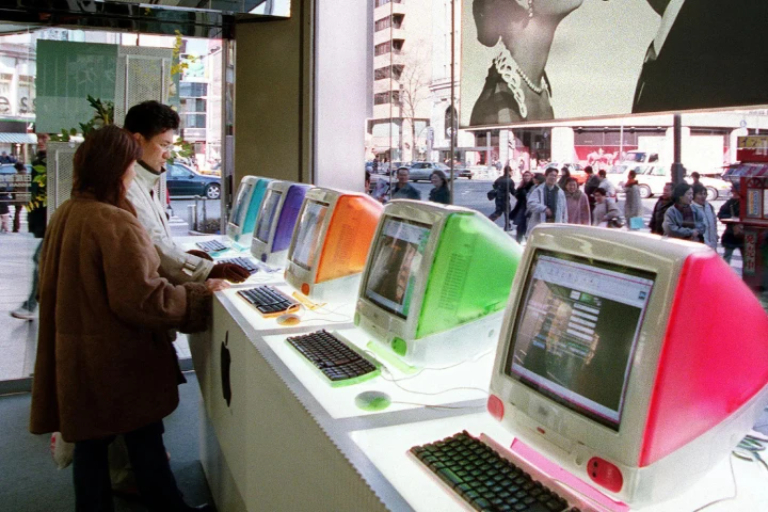
The iMac G3 changed the way we look at desktop computers.
Apple wanted to change that, and the iMac G3 was tasked with leading the way with a clear plastic shell that allowed users to see inside the machine, including a series of chips mounted on a circuit board. The result was exciting for buyers.
Click Wheel on iPod (2001)
The iPod made portable listening simple and changed the entire music industry. But things only got more fun and easy to use thanks to the Click Wheel. Instead of packing too many buttons on the front, Apple kept things simple with a circular design that contained five buttons for playing, pausing, skipping tracks, accessing the menu, and selecting a menu item.
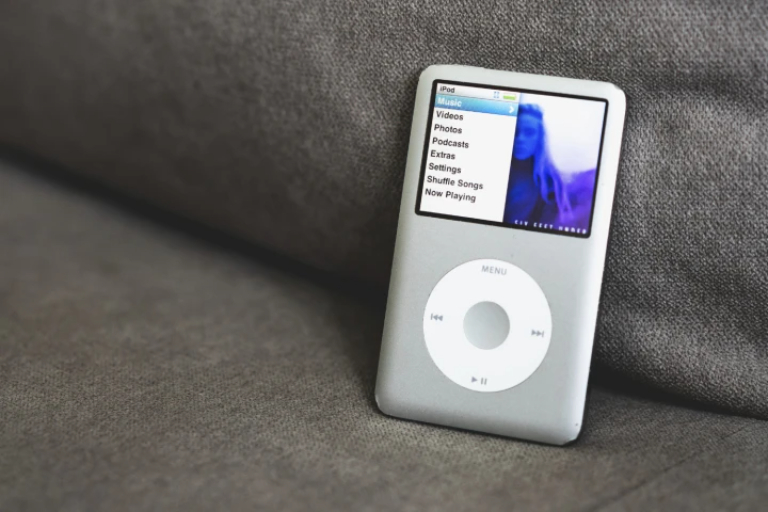
Click Wheel is a highly appreciated design.
To move up or down a list, users simply rotate their thumb clockwise or counterclockwise, a perfect encapsulation of Apple's design philosophy, which focuses on removing everything unnecessary that gets in the way of using a device, allowing anyone to get used to it.
iMac G4 (2002)
In the early 2000s, most computers still used bulky towers and CRT monitors, but the iMac G4 crammed all the internals into a small base that incorporated an LCD flat panel, ushering in an era of all-in-ones that left onlookers wondering, "Where is the computer?" It was an inspired thought that changed the way we viewed traditional desktop computers.
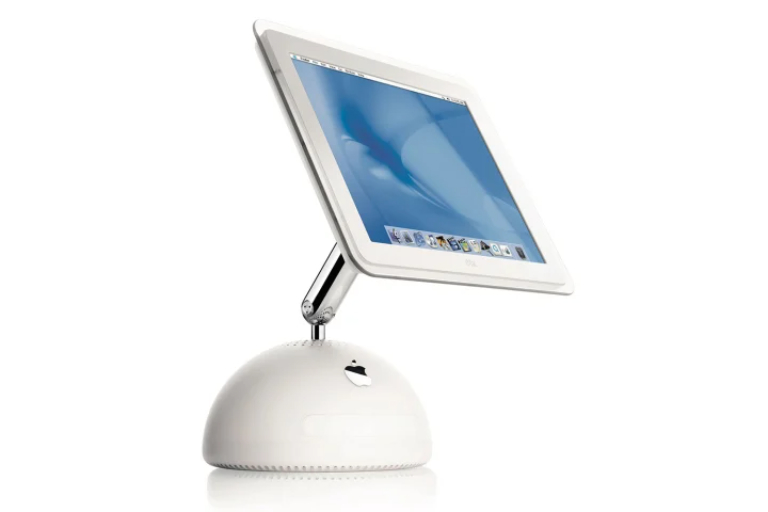
The iMac G4 paved the way for the all-in-one computer concept.
MagSafe Connector (2006)
The first MagSafe was simply a charging cable with a magnetic adapter that plugged into the MacBook’s charging port. When the cable was suddenly yanked out, like someone walking by tripping over it, the magnetic connection broke, preventing the MacBook from being pulled away. It was an effective idea, and it was so simple, it became a hallmark of Apple’s design thinking.
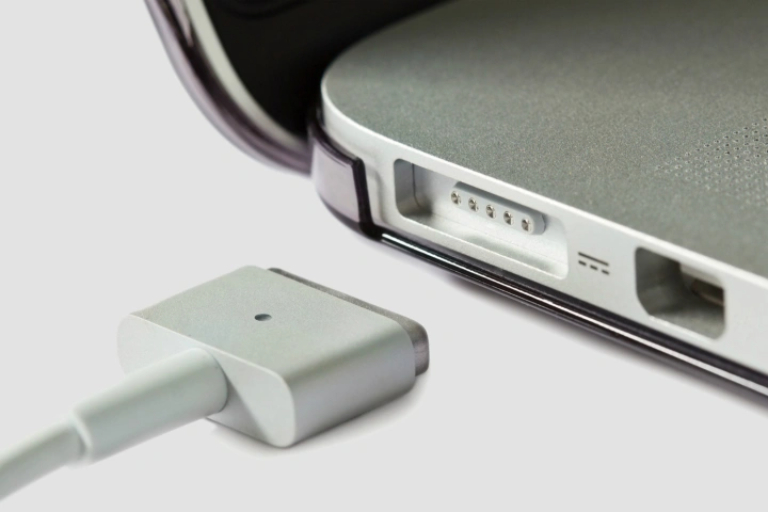
MagSafe has returned to MacBooks in recent times.
Home Button (2007)
One of the reasons the original iPhone worked so well was because it had a simple home button instead of the physical keyboards that smartphones of the time had, which took up half the phone. The rest of the phone was dedicated to the multi-touch screen that people interacted with.
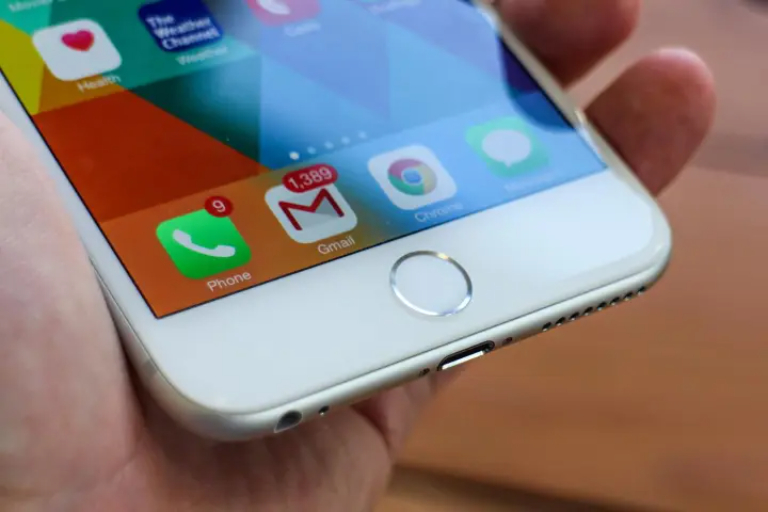
The Home button has been almost eliminated by Apple since the iPhone X was released.
The Home button itself helped usher in the era of near-full-screen smartphones. Without the Home button, the smartphone industry today would look very different.
Thin beveled wedge (2008)
The first MacBook Air really blew everyone away when Steve Jobs pulled it out of an envelope. At the launch, Jobs made it clear that the thickest part of the MacBook was thinner than the thinnest part of the industry's thinnest laptop at the time. It tapered down to an incredible 0.16 inches (4 mm), blowing away all the competition and forever changing the thin and light laptop market.
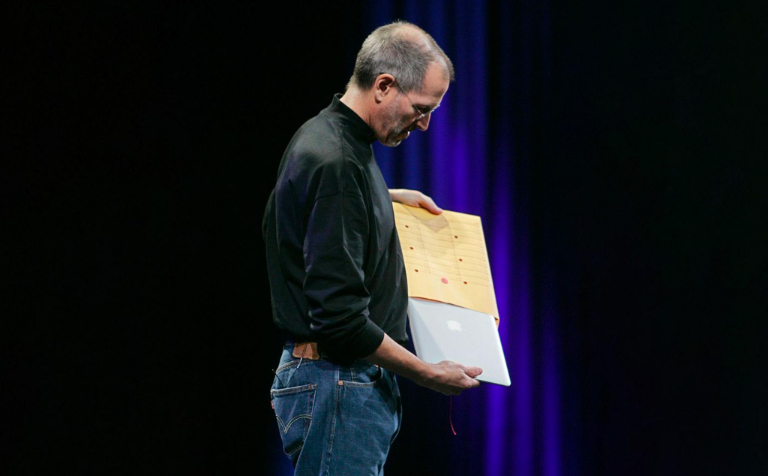
Steve Jobs surprised the world when he announced the first MacBook Air.
The slim wedge shape was so iconic that it lasted nearly 15 years, from 2008 until the MacBook Air was redesigned in 2022. In an industry that moves at breakneck speed, the fact that it persisted proves that it was a truly special design.
Besides the above designs, we cannot fail to mention some other outstanding designs from Apple, such as the Force Touch trackpad for MacBook or the Digital Crown knob on Apple Watch, both of which were launched in 2015.
Source link





![[Photo] President Luong Cuong receives President of the Senate of the Czech Republic Milos Vystrcil](/_next/image?url=https%3A%2F%2Fvphoto.vietnam.vn%2Fthumb%2F1200x675%2Fvietnam%2Fresource%2FIMAGE%2F2025%2F11%2F20%2F1763629737266_ndo_br_1-jpg.webp&w=3840&q=75)
![[Photo] Lam Dong: Panoramic view of Lien Khuong waterfall rolling like never before](/_next/image?url=https%3A%2F%2Fvphoto.vietnam.vn%2Fthumb%2F1200x675%2Fvietnam%2Fresource%2FIMAGE%2F2025%2F11%2F20%2F1763633331783_lk7-jpg.webp&w=3840&q=75)
![[Photo] National Assembly Chairman Tran Thanh Man holds talks with South Korean National Assembly Chairman Woo Won Shik](/_next/image?url=https%3A%2F%2Fvphoto.vietnam.vn%2Fthumb%2F1200x675%2Fvietnam%2Fresource%2FIMAGE%2F2025%2F11%2F20%2F1763629724919_hq-5175-jpg.webp&w=3840&q=75)










































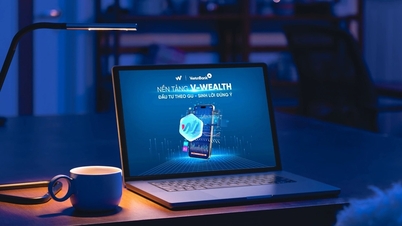






















































Comment (0)